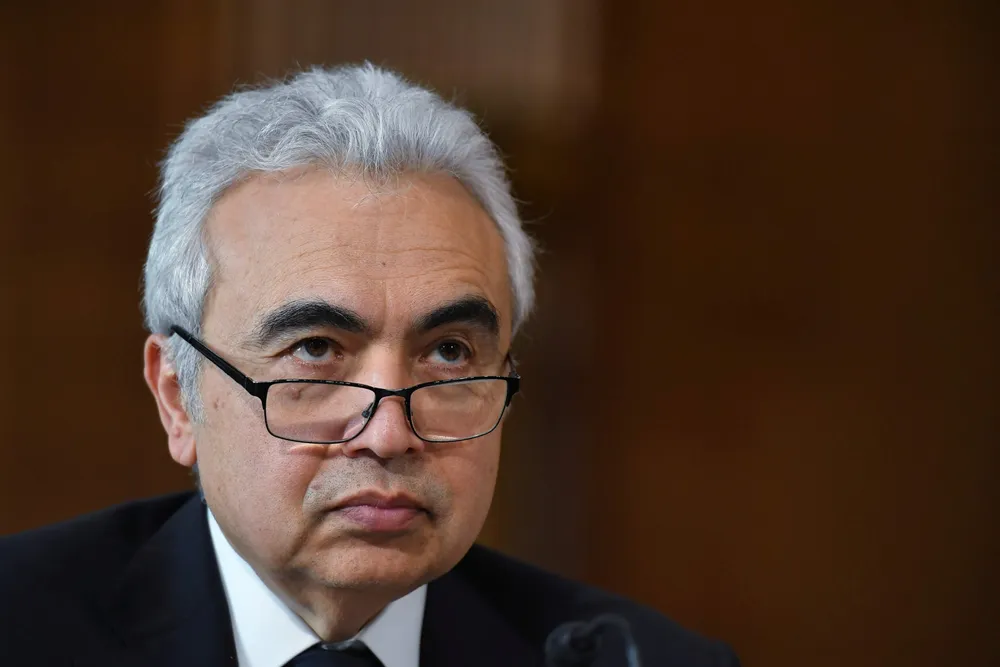Falling short: IEA claims $1.2 trillion hydrogen investment needed by 2030 to hit net zero goals
Paris-based agency claims only a fraction of low-carbon hydrogen required to meet net zero emissions by 2050 is under development

Paris-based agency claims only a fraction of low-carbon hydrogen required to meet net zero emissions by 2050 is under development
